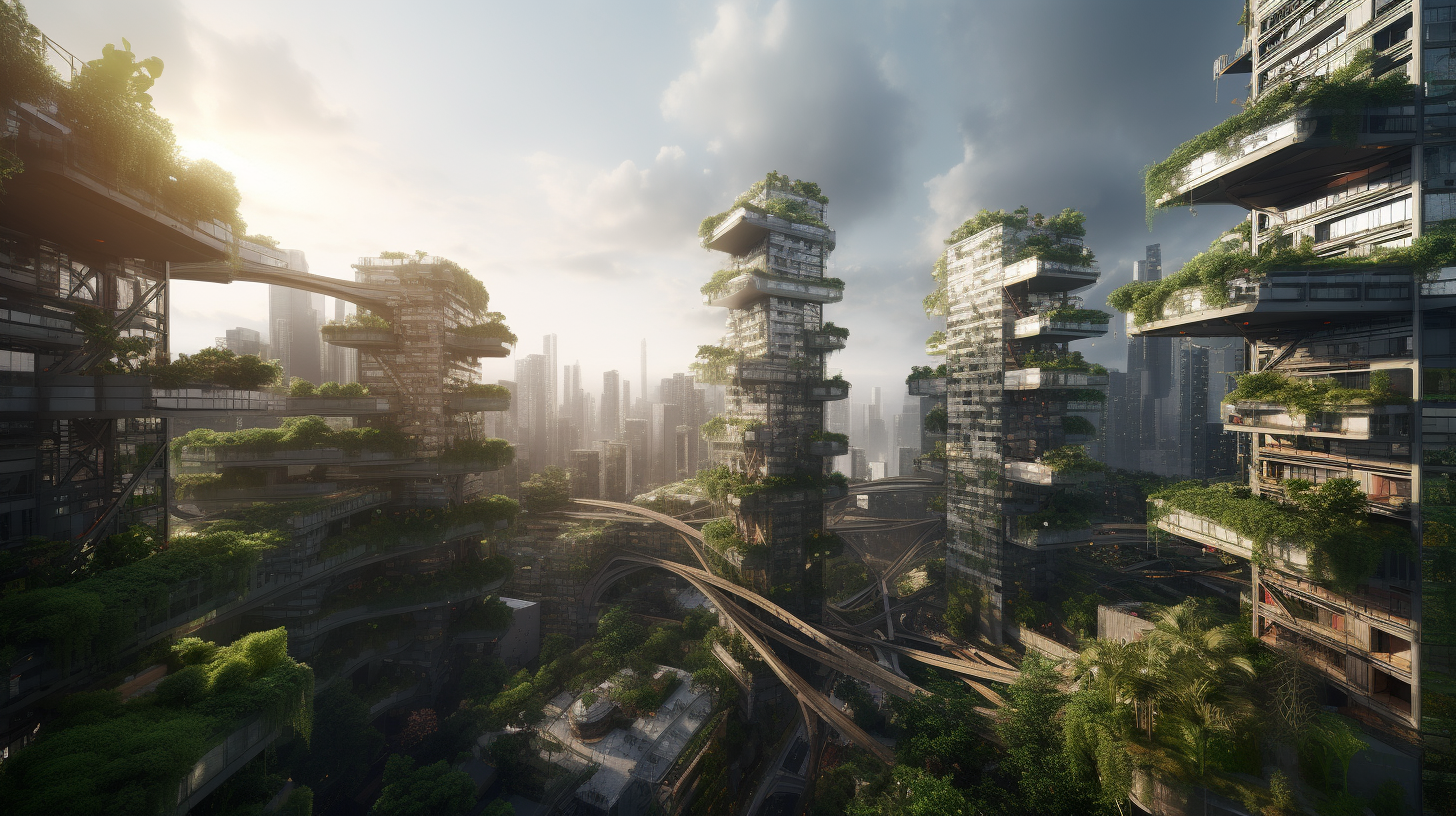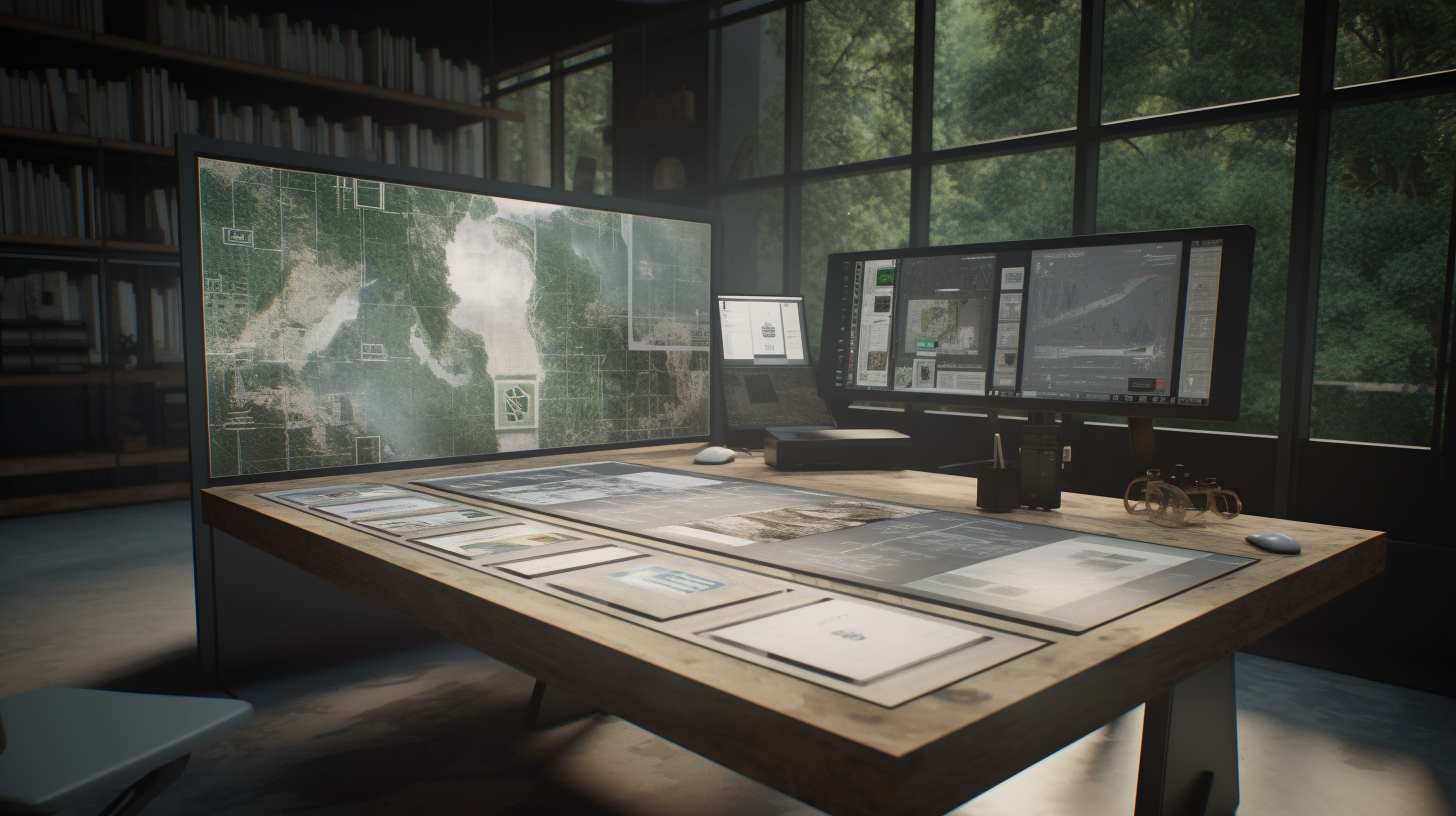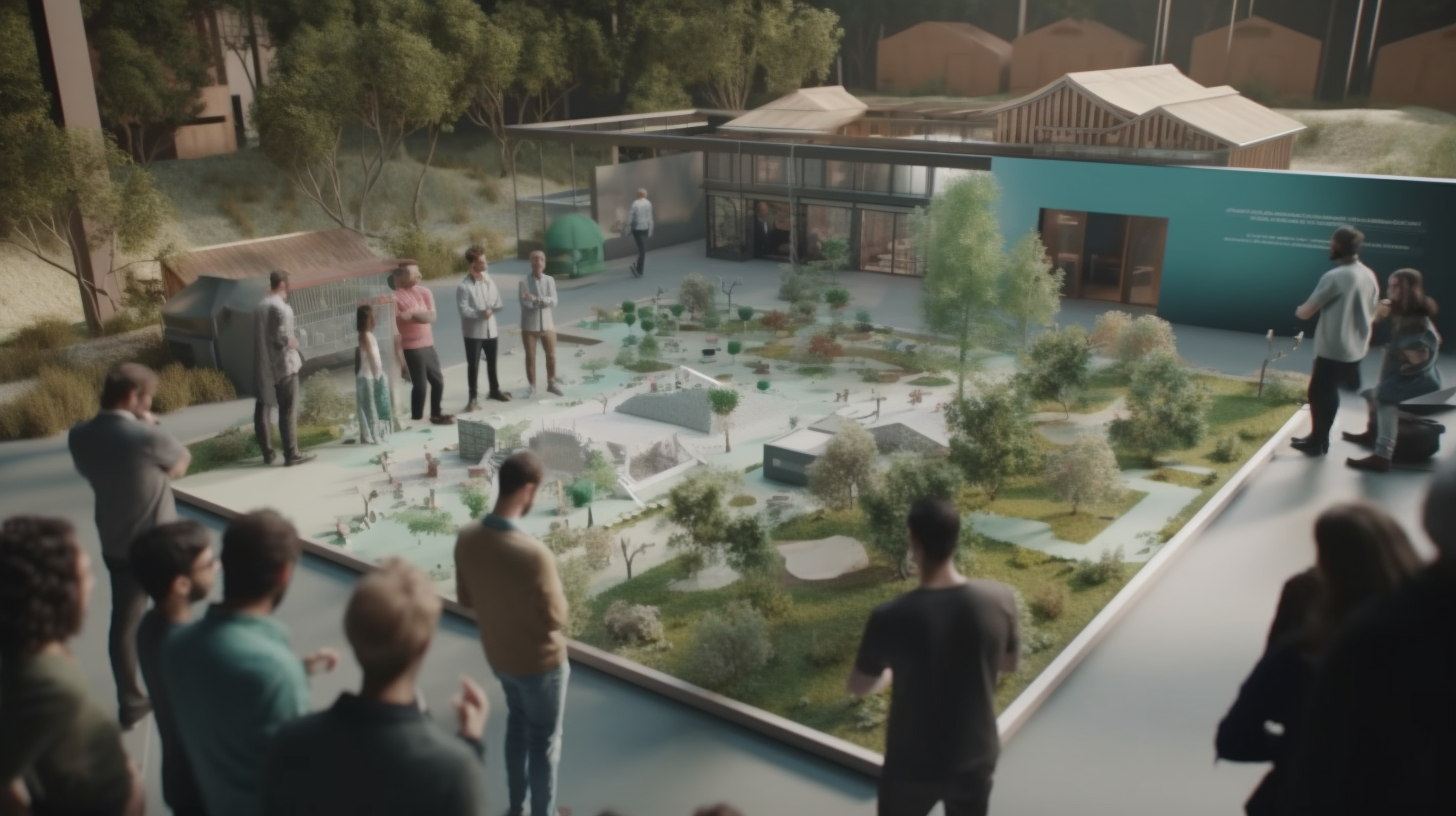
As architects around the globe strive to create more sustainable designs, technology has emerged as a critical ally in realizing this vision. One of the most promising advancements in recent years is the integration of artificial intelligence (AI) into the design process. In this post, we'll delve into the top 5 ways AI-powered tools and techniques are revolutionizing sustainable design, touching on material selection, energy efficiency modeling, predicting long-term environmental impacts, collaboration, and real-world applications. Discover how you, as an architect or landscape architect, can harness the power of AI to make your designs more sustainable and eco-friendly.
AI for Smart Material Selection

Selecting the right materials is a crucial aspect of sustainable design. AI can help architects make informed decisions by analyzing vast amounts of data and suggesting materials that align with specific sustainability goals. By considering factors such as carbon footprint, resource consumption, and recyclability, AI-powered tools can recommend materials that minimize environmental impact while maintaining structural integrity and aesthetic appeal.
Case Study: Skanska USA used the Embodied Carbon in Construction Calculator (EC3) to analyze material carbon footprints. By selecting low-carbon concrete and cross-laminated timber (CLT) instead of traditional materials, carbon emissions were reduced by up to 75%. AI tools can provide insights to achieve sustainability goals and recommend eco-friendly materials.
AI-Enabled Energy Efficiency Modeling

Creating energy-efficient buildings and landscapes is a key component of sustainable design. With the help of AI, architects and landscape architects can optimize their designs for energy efficiency by simulating various configurations and analyzing their energy consumption. AI-driven software can predict the performance of passive design strategies, such as natural ventilation, daylighting, and solar shading, allowing designers to make data-driven decisions that significantly reduce energy usage.
Predicting Long-term Environmental Impacts
Understanding the long-term environmental consequences of design choices is crucial for sustainable development. AI can assist in predicting the impacts of architectural and landscape designs over time, taking into account factors like climate change, urbanization, and ecological shifts. By incorporating this information into the design process, architects and landscape architects can create solutions that are more resilient and adaptable, promoting long-lasting sustainability.

Real-World Example: The Seashell Park Project utilized AI-driven environmental impact prediction tools to forecast challenges from climate change and rising sea levels. The design team incorporated these insights into a resilient park with adaptive green spaces, stormwater management, and elevated structures. This project showcases how AI empowers architects and landscape architects to create sustainable spaces that can withstand complex environmental challenges.
AI and Design Collaboration
AI can also facilitate collaboration between architects and other stakeholders involved in sustainable design. With AI-powered platforms, multidisciplinary teams can work together seamlessly, sharing data and insights to create cohesive, environmentally responsible designs. By leveraging AI's ability to process and analyze large amounts of information, design teams can identify synergies and develop holistic solutions that optimize sustainability at every level.

Challenges and Solutions: Despite the benefits of AI-driven collaboration, professionals may face challenges such as data privacy concerns and integrating diverse software platforms. Overcoming these obstacles requires a combination of strong IT infrastructure and clear communication among team members.
AI-Powered Tools for Sustainable Design
To help architects harness the power of AI, a variety of AI-driven tools are available, catering to different aspects of sustainable design:
- Material Selection: EC3 (Embodied Carbon in Construction Calculator), One Click LCA
- Energy Efficiency Modeling: Sefaira, IES VE (Integrated Environmental Solutions Virtual Environment)
- Environmental Impact Prediction: Cove.tool, BREEAM (Building Research Establishment Environmental Assessment Method)
- Collaboration: Autodesk BIM 360, Procore
Embracing AI in the realm of architecture and landscape architecture holds immense potential for transforming the way we approach sustainable design. By leveraging the power of AI-driven tools and techniques, professionals worldwide can unlock new possibilities to create environmentally responsible, energy-efficient, and resilient spaces. As the built environment continues to evolve, architects who adopt AI will not only elevate their designs but also contribute significantly to a greener, more sustainable future for our planet. Stay ahead of the curve and harness the power of AI to make a lasting impact through your designs, leaving a legacy of innovation and sustainability for generations to come.










